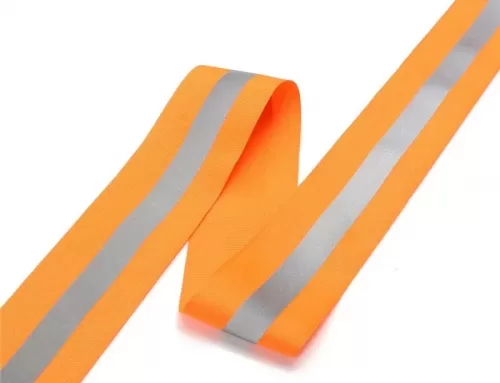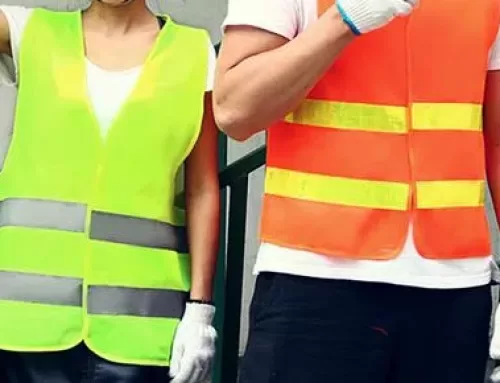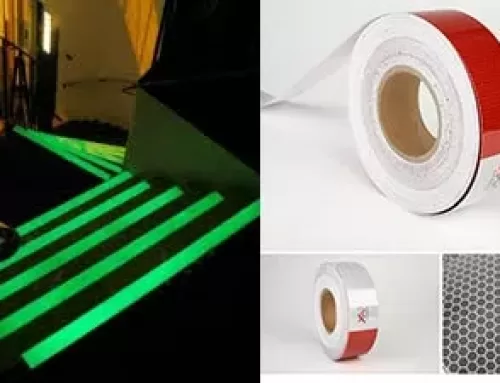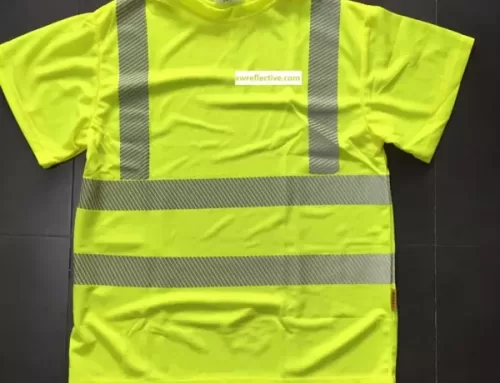What is an FR Safety Vest?
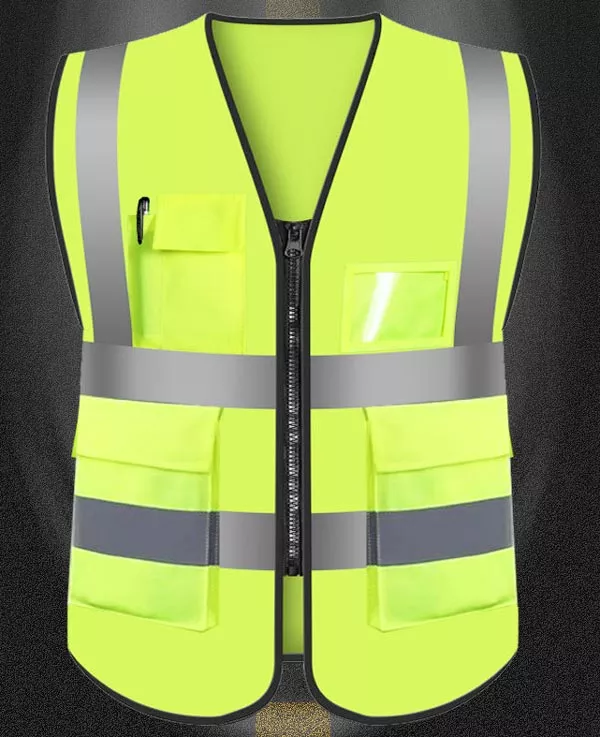
Are you wondering what is an FR safety vest? This article will answer all your questions on these high-quality safety vests. Learn what FR stands for and why it’s important for you to wear one. Flame-resistant and Arc-rated vests are ideal for electrical workers and oil and gas workers. Flame-resistant vests also offer high-visibility, which means you can easily spot a worker in danger of fire.
FR safety vest
An FR safety vest is an important piece of personal protective equipment that protects workers from electric arc and flame hazards. They provide a barrier between the worker’s body and the source of heat. They are available in many different styles and materials, but must meet strict safety standards. An FR safety vest should also be comfortable to wear. Below are some things to look for in a flame resistant vest. These are some of the most common types of fire-resistant vests.
ANSI and ASTM standards are the foundation for the design of any FR safety vest. This means that it meets NFPA 70E-HRC1 standards and is certified to meet ANSI Class 2 standards. A FR hi-vis safety vest will also provide protection from moving machinery, such as a forklift truck. ANSI Class 3 vests are highly visible, which makes them a great option for high-traffic areas.
A FR work vest offers multiple pockets for essentials. Two interior pockets have an open top for a cell phone, while a single FR radio mic tab is included for easy access to a microphone. A hook-and-loop closure at the front allows for easy on/off. These features make FR high-visibility clothing ideal for electrical, oil & gas, and petrochemical workers. For more features and information, check out the Pioneer Safety Vest.
Printed safety vests are an excellent way to promote a brand, while still keeping workers protected. These high-visibility vests can feature your company’s logo or slogan. Printed safety vests are the best way to keep employees safe while promoting your company’s name. If you need to purchase these vests, remember that they are also an excellent choice for promoting your company. When selecting safety gear, consider the many options available.
Arc-rated
To protect yourself from electric arcs, you should wear an ARC-rated safety vest. While some vests are merely Flame Retardant, an ARC-rated vest is constructed of a material that is specifically flame resistant. This material is specifically designed for the protection of workers exposed to electrical arcs. It is important to note, however, that a safety vest is not the only way to stay safe.
High-visibility vests are essential when working in hazardous environments, and an Arc-rated safety vest meets the NFPA 70E standards. They feature bright colors and reflective stripes to make workers more visible to pedestrians. Arc-rated safety vests also feature materials that resist melting or fire and are self-extinguishing. Flame-resistant and arc flash-rated vests are not the same, however. These garments are often worn together to offer more protection.
An arc-rated safety vest is a great option for workers who work around electrical equipment. Regardless of the industry, there are a variety of uses for an arc-rated vest. Many electricians, machine operators, and electrical maintenance workers may be exposed to arcs in their jobs. Arc flashes are caused by electrical equipment and are therefore extremely dangerous. For this reason, you should invest in an arc-rated safety vest if you are involved in any electrical work.
Flame-resistant
You might be interested in purchasing a flame-resistant safety vest. These vests are an excellent choice for many different kinds of work environments. They protect you from burns, so you can remain mobile. Depending on your job, they are ideal for oil & gas, electrical, or other work floors. To help you choose the right one, we’ve compiled a list of features you should look for in a vest.
FR Vests: Typically, flame-resistant safety vests cost more than their non-FR counterparts. In general, these safety vests cost twice as much as their non-FR counterparts. If you’re in the market for a flame-resistant vest, you’ll want to look for one that meets NFPA 2112 or ASTM F1506 standards. Flame-resistant vests are made with various materials, such as Modacrylic, Nomex, and Kevlar.
Waterproof: A waterproof safety vest can prevent embarrassing incidents from happening when you’re working with dangerous liquids. Another benefit to a water-resistant safety vest is that it will not tear easily. If you have a leaking pipe in your workplace, a waterproof vest will help you avoid a sticky situation. Flame-resistant safety vests aren’t the only solution to minimize workplace hazards, though. There are many different types of safety vests available, and choosing the right one is essential for ensuring your safety and that of your workers.
When choosing FR clothing, consider its protection level and cost. While flame-retardant clothing costs more, it provides superior protection. Flame-resistant clothing is also more comfortable to wear and lasts longer. But, do check the label to be sure you’ve chosen the right one. You’ll be happy you did. And you’ll feel safer knowing you’re protected. So, what do you need to know about flame-retardant and FR clothing?
High-visibility
FR high-visibility vests are available in different colors and constructions. They come with reflective properties to reflect light and alert other motorists to your presence. This type of vest is especially beneficial for people who are exposed to electrical arc flash hazards. Some vests are even available in neon color. If you’re interested in purchasing a high-visibility FR safety vest, read this article. We have some useful tips to help you find the best one for you!
FR hi-vis safety vests protect you from flame hazards and other dangers. They come in 3 class visibility and meet the standards set forth by ANSI. Besides being able to protect you from arc flash, they are also resistant to high-traffic areas and moving machinery. Choosing the right FR hi-vis safety vest for your workplace is vital. High-visibility FR vests from MCR Safety are available in ANSI Class 2 and 3 visibility.
Another great advantage of high-visibility FR safety vests is their lightweight design. Compared to other layers, these garments offer comfortable protection and freedom of movement. They are made of reflective material to reflect light and help you avoid being detected by vehicles. Moreover, they don’t add any additional bulk to your other layers. These high-visibility FR safety vests feature Velcro closures and are available in vivid yellow-green color that reflects the requirements of hi-visibility.
While choosing a FR safety vest, you should consider its price. It’s important to consider the cost of a high-visibility FR vest and whether it is the right choice for your work. Many FR vests cost double the price of a non-FR vest. However, you can also find FR safety vests at wholesale prices. They come in different sizes and can also be customized to meet your specific requirements.
ANSI standard
The Federal Highway Administration, which is charged with overseeing highway safety, has issued a letter acknowledging that the ANSI 207 standard for fr safety vests is compatible with nighttime visibility requirements. The standard requires high-visibility clothing to be worn at all times. ANSI 207 is an important step in ensuring the safety of the public. The letter also states that the standard is compatible with the requirements of 23 CFR 634, the federal highway safety standard.
ANSI’s flame-resistance standards vary based on the intended use of the safety vest. The FR standard is intended to protect workers against the threat of burning in hazardous conditions. The FR standard covers six different categories of flame-resistant clothing. The label should describe the standard and test method for each of these standards. ANSI Class Two vests are an excellent choice for work in electrical arc flash environments.
A fire-resistant vest must meet a specific set of ANSI standards. For example, flame-resistance hi-vis vests must meet ANSI 107 visibility standards within 50 feet of a highway or road. Flame-resistance daily wear must also meet ANSI standards for visibility. This restricts the choices of FR workwear for a worker, however. Heavier, FR vests can be problematic on hot days, so a lighter, mesh-type FR hi-vis vest is ideal.
ANSI standards for fr safety vest require minimum amounts of two materials: background material and retroreflective material. Background material is a brightly colored fabric that is highly visible during the day. Retroreflective material is made up of reflective striping and is slightly more expensive than reflective material. For daytime visibility, the reflective striping provides the highest level of illumination. But, as a general rule, a safety vest must include two types of materials to meet ANSI standards.

